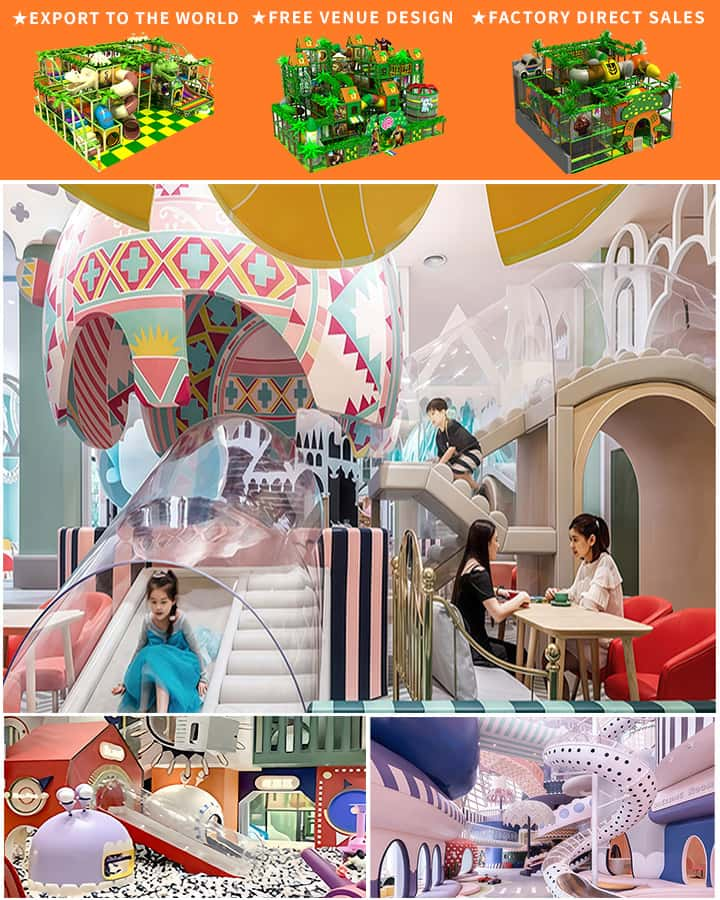In an era where screen time often overshadows physical play, the importance of sensory play cannot be overstated. For parents looking to engage their youngsters in enriching activities, sensory play equipment offers a fantastic solution, particularly when used outdoors. This combination not only promotes physical activity but also stimulates children’s senses and imagination, making it a win-win for both kids and parents alike.
The Benefits of Sensory Play
Sensory play is crucial for young children as it helps them explore, learn, and develop essential skills. Engaging multiple senses—touch, sight, hearing, and even smell—enhances cognitive development, fosters creativity, and encourages problem-solving abilities. By interacting with different textures, colors, and sounds, children can improve their motor skills and hand-eye coordination while also gaining a greater awareness of their environment.
Why Sensory Play Should Go Outdoors
While indoor sensory play is beneficial, taking it outside amplifies its advantages tenfold. The great outdoors provides a natural setting teeming with diverse stimuli that are inherently engaging for little explorers. From the crunch of leaves underfoot to the vibrant colors of flowers and the soothing sound of rustling trees, every element contributes to a multi-sensory feast.
 Moreover, outdoor environments offer expansive spaces that encourage unstructured, free play. Unlike cramped indoor settings, the openness of nature invites more vigorous physical activity, promoting cardiovascular health and overall well-being. Sunshine exposure also provides Vitamin D, which is vital for bone growth and immune function.
Moreover, outdoor environments offer expansive spaces that encourage unstructured, free play. Unlike cramped indoor settings, the openness of nature invites more vigorous physical activity, promoting cardiovascular health and overall well-being. Sunshine exposure also provides Vitamin D, which is vital for bone growth and immune function.
Types of Sensory Play Equipment for Outdoors
Sandbox with Various Tools: A classic choice for tactile stimulation, a sandbox can keep children entertained for hours. Add shovels, buckets, molds, and sieves to enhance the sensory experience.
Water Tables: These tables allow for water play without the mess of a full tub or pool. Children can pour, splash, and mix water, exploring its properties and enjoying the refreshing sensation.
Musical Instruments: Outdoor xylophones, drums, and chimes not only stimulate auditory senses but also introduce basic musical concepts. They are perfect for spontaneous concerts!
Nature Trails and Obstacle Courses: Create a simple nature trail with various textures like grass, gravel, and wooden planks. Incorporate small obstacles such as balance beams or stepping stones to challenge and delight young adventurers.
Outdoor Chalkboards and Easels: Encourage artistic expression with large chalkboards and easels. Kids can draw, write, and experiment with colors using washable, weather-resistant materials.
Playground Slides and Climbing Structures: These provide thrilling experiences that stimulate proprioception (the sense of body position) and kinesthetic awareness (the sense of movement).
Safety Considerations
When introducing sensory play equipment outdoors, safety should always be a priority. Opt for non-toxic, durable materials suited for various weather conditions. Supervise children closely, especially near water or climbing structures, and ensure the play area is secure from potential hazards like sharp objects or insects.
Conclusion
Integrating sensory play equipment into outdoor activities can transform ordinary playtime into extraordinary learning experiences. It nurtures children’s physical, emotional, and intellectual development in ways that screen time simply cannot match. So gather your sensory tools, head outside, and let the magic of nature combined with purposeful play create cherished memories and lifelong skills for your children.




